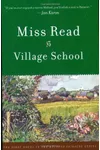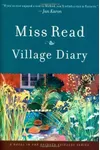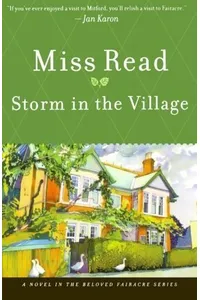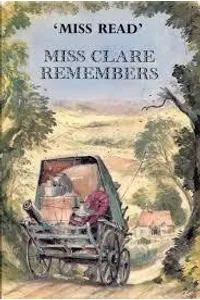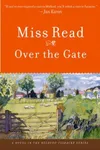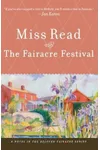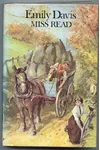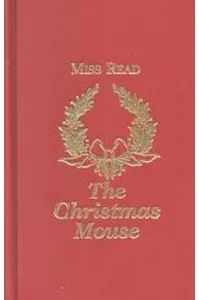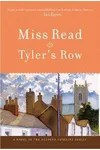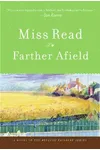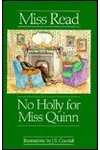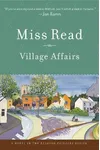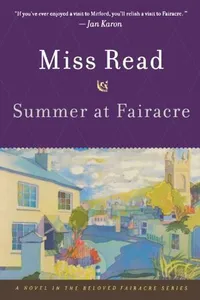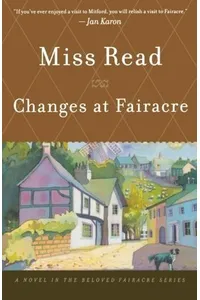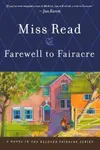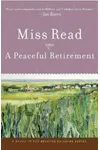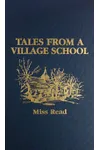Step into the cozy, charming world of Fairacre, where thatched cottages, mischievous schoolchildren, and the gentle rhythm of rural life await! The Fairacre series, penned by Miss Read (the pseudonym of Dora Jessie Saint), is a beloved collection of roughly twenty novels that transport readers to a fictional English village in the 1950s and beyond. First introduced in Village School in 1955, this heartwarming series follows the life of a village schoolmistress, offering a nostalgic escape filled with wit, community, and the simple pleasures of country living.
With its blend of gentle humor, vivid characters, and evocative descriptions of the English countryside, Fairacre captures the essence of a bygone era. Whether you’re craving a break from modern chaos or simply love stories about human connection, Fairacre’s timeless appeal will leave you longing to linger in its lanes.
How Fairacre Began
Dora Jessie Saint, a former schoolteacher born in 1913, drew inspiration from her own experiences in rural English schools to create the Fairacre series. Writing under the pen name Miss Read, she published Village School in 1955, launching a series that resonated with post-war Britain’s yearning for simpler times. Her background in education and love for the countryside shaped Fairacre’s authentic, lived-in feel, while her keen eye for human quirks brought its villagers to life. Saint continued writing until 1996, crafting a world that feels both intimate and universal.
The Heart of Fairacre
The series begins with Village School, where readers meet the unnamed schoolmistress, Miss Read, who narrates the daily joys and challenges of teaching in a two-room schoolhouse. From managing skinned knees to navigating village gossip, she observes Fairacre with compassion and sly humor. Village Diary (1957) follows her through a year of village events, introducing newcomers and a potential suitor, Mr. Mawne. Storm in the Village (1960) tackles rumors of real estate development threatening Fairacre’s school, showcasing the community’s resilience. Later, Farewell to Fairacre (1993) sees Miss Read embrace retirement, wrapping up her journey with warmth and wit.
Fairacre’s themes revolve around community, resilience, and the beauty of ordinary life. The series weaves social commentary—poverty, education struggles, and changing rural traditions—into its lighthearted tales, never preaching but always observing. The setting, with its elm-lined lanes and seasonal rhythms, is a character in itself, painted with Saint’s love for nature. Her prose, laced with gentle irony and vivid imagery, makes every village fair or classroom mishap feel like a cherished memory.
Why Fairacre Resonates
The Fairacre series has left a lasting mark on readers seeking solace in its pastoral charm. Often compared to Jan Karon’s Mitford series, it inspired authors to explore small-town life with warmth and authenticity. Its realistic portrayal of rural struggles—misbehaving children, economic hardship, and village quarrels—grounds its nostalgia, making Fairacre feel like a place you could truly call home. Fans cherish its ability to transport them to a quieter world, where human connection triumphs over adversity. Even today, Fairacre remains a literary haven for those craving simplicity and heart.
- About Fairacre:
- Publication Years: 1955–1996
- Number of Books: Approximately 20
- Award: Dora Saint received an MBE in 1998 for her contributions to literature
Grab Village School and stroll into Fairacre’s warm, witty world! Whether you’re sipping tea by the fire or dreaming of country lanes, this series promises a delightful escape into the heart of rural England.
